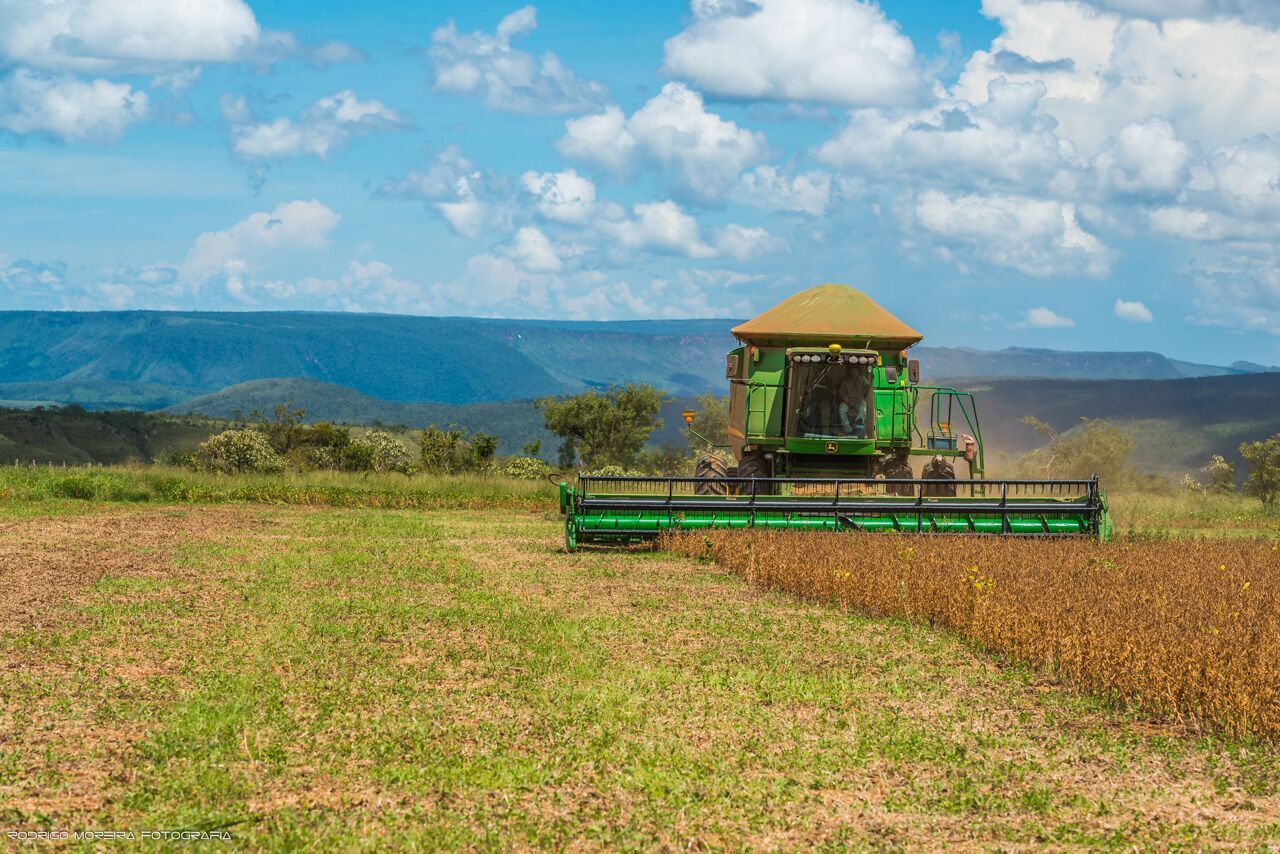Editor’s Note: John Brubaker is CEO of Plant Impact, a crop enhancement research and product development company based at the Rothamsted Centre for Research and Enterprise in the UK.
This week the company established a US office for the first time, hiring Mike Eade from DuPont Pioneer to head it up as commercial and marketing director. The move highlights Plant Impact’s increasing work in markets such as Brazil and Eade will be responsible for building relationships in Canada, the US and Mexico too.
It’s been a long road for the ag biologicals market, which has hit some hurdles over the years amid questions around efficacy and a realization that they might not be able to fully replace traditional chemical inputs, at least in the near future.
The sector is definitely on the up again; AgFunder reported $120 million of investment went into biologicals companies in 2015 as increasing numbers of venture capital firms re-visit it.
Here Brubaker, who has held senior roles at Arysta LifeScience and R4 Global Solutions, write about the journey of biostimulants in particular.

—————
Every grower has their own way of describing chemical products with dubious claims and a mysterious technical story: in the UK they say ’muck and magic’; it’s ‘snake oil’ in my native United States; and ‘agua de batata’ (potato water) in Brazil. In the past, it would be fair to say that most, if not all, biostimulant technologies were viewed by the industry as being part of this group. But the sector has developed significantly over the past few years.
Biostimulants can be defined as containing substances and/or microorganisms which can stimulate a plant’s natural processes to enhance its nutrient uptake, nutrient use efficiency, tolerance to abiotic or agronomic stress, and it ultimate crop quality and yield. These products are typically sold as foliar sprays, seed coatings or fertilizer additives which are applied alongside traditional chemical and fertilizer inputs in order to boost yields.
It is fair to say that the companies behind the earliest biostimulant products will have developed formulations that delivered real agronomic benefits in specific crops under specific circumstances.
In the early stages of this new sector, say five to 10 years ago, their best efforts to launch products were often frustrated, however, by two significant challenges. First, for many such small entrepreneurial companies, proving product efficacy year after year using a scientifically rigorous approach was beyond their resources.
Doing this right requires hundreds (not dozens) of small and large scale trials to establish evidence and confidence of consistent results across geographies and weather conditions. Second, the urgency of driving sales to support growth and pay expenses often overcame the necessity to make high-integrity business promises.
For young, entrepreneurial agtech companies and start-up sales teams, saying “no, my product doesn’t do that” can be really difficult. In too many cases, growers heard promises based on insufficient technical data. Many tried, but were disappointed and turned from the product, the company and the sector. This has played a significant role in holding back the biostimulant industry’s growth.
Despite this environment, a few risk-taking growers were willing to ‘wade-in’, to test for themselves, and — every now and then — find something which worked on their farm. These trailblazing individuals want to be involved in moving the needle, consistently working to improve their crop yields or quality. They were, and are, prepared to try out the latest innovations, even if the company marketing the technology is not well-known. Not coincidentally, these are the pioneers that often set new records in crop yields and push forward what we know about both agronomic practices and the use of new chemistry on the farm.
To step forward as a sector, to establish itself as a trusted and reputable input, the biostimulant industry needs leadership from large and small companies that commit to prove consistently and conclusively that their products work as promised
In 2016, the landscape of the biostimulant industry is beginning to change. New products are coming to market with proven technology, offered by companies with established reputations and professional scientific and business practices. Large companies are focused on the sector, as evidenced by BASF’s creation of the functional crop care unit, Syngenta’s Crop Enhancement initiative, Arysta’s Biosolutions division, and Bayer CropScience’s Crop Efficiency research focus.
In addition to entry by the majors, the landscape of smaller, investor-financed agri-tech businesses is professionalising rapidly.
The great news for investors and growers is that over recent years biostimulant companies, Plant Impact included, have attracted leadership and scientific talent from the world’s most reputable agribusinesses and academic institutions. R&D development and trials are now more rigorous and more professional practices are being embedded.
Taking our own business as an example: from our Board members, right throughout the organization, we have benefited by employing a team of experienced ex-agchem-industry scientists and commercial technology professionals. We have also invested in R&D to build carefully a pipeline of new products based on robust trials to provide clear evidence proving the yield and quality-enhancing benefits of existing products.
Investment in over 1,000 trials of Veritas, our product for soybean in Latin America, has been key to its success; it’s now distributed exclusively by Bayer CropScience. In fact, we continue those trials every year, looking across the vastly different growing regions of Brazil and now on to the other significant soybean cultivation areas of North and South America. Likewise, our thorough testing of products for horticultural crops in Europe has repeatedly proved major quality improvements for growers of tree fruit, soft fruit, protected veg and field veg. We’re not the only growth company focused on high-quality R&D, and we welcome this trend as it promises a bright future ahead.
The industry future we strive for is one where biostimulants have moved beyond the farmgate of the trailblazing early adopters to become widely recognised as the fourth pillar of farming inputs –alongside fertilisers, crop protection and modern seed varieties.
This requires the industry to embrace — and demand — evidence-based marketing promises. At that point, we will no longer need to compete with buyer scepticism, but purely with our industry peers on the superiority of our technology and its ability to consistently improve a grower’s yield and profits.
No magic, just a great crop and a great return.
Want to write a guest commentary? Email [email protected]




